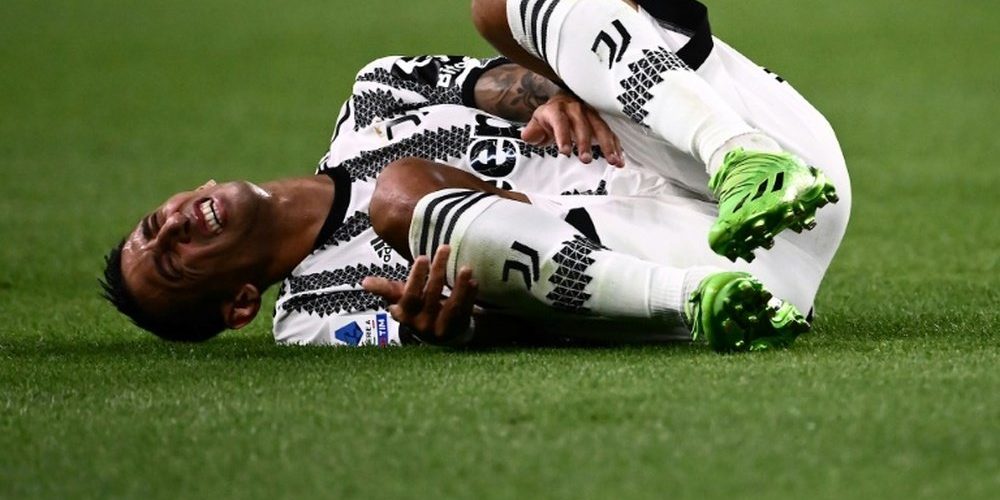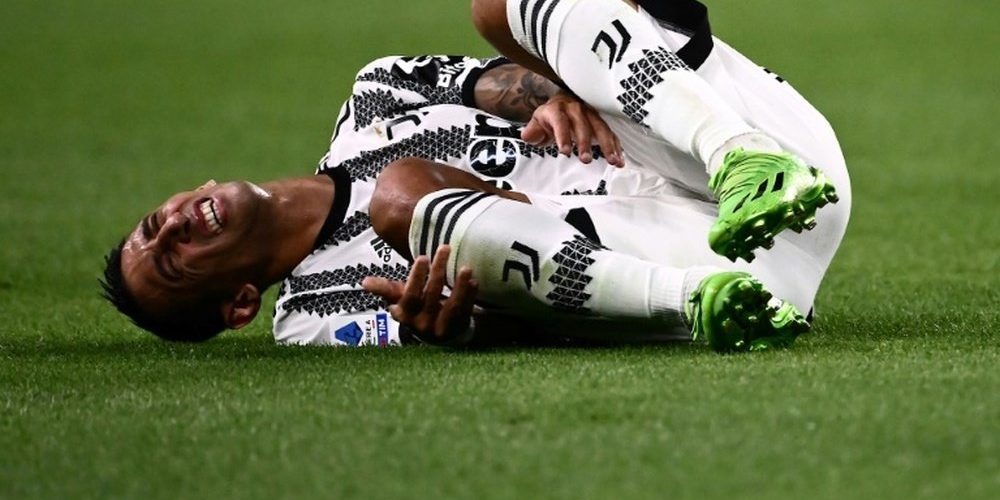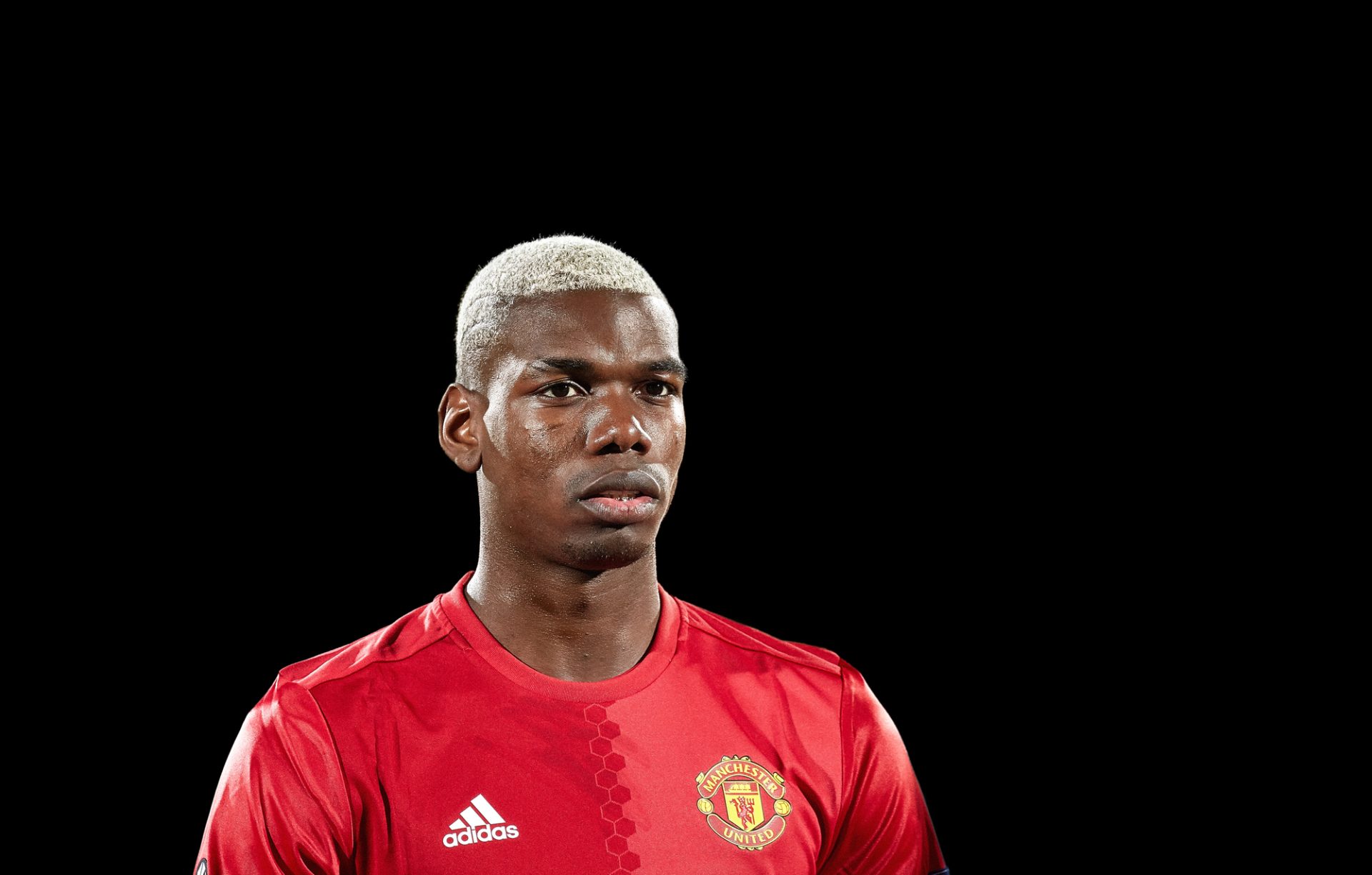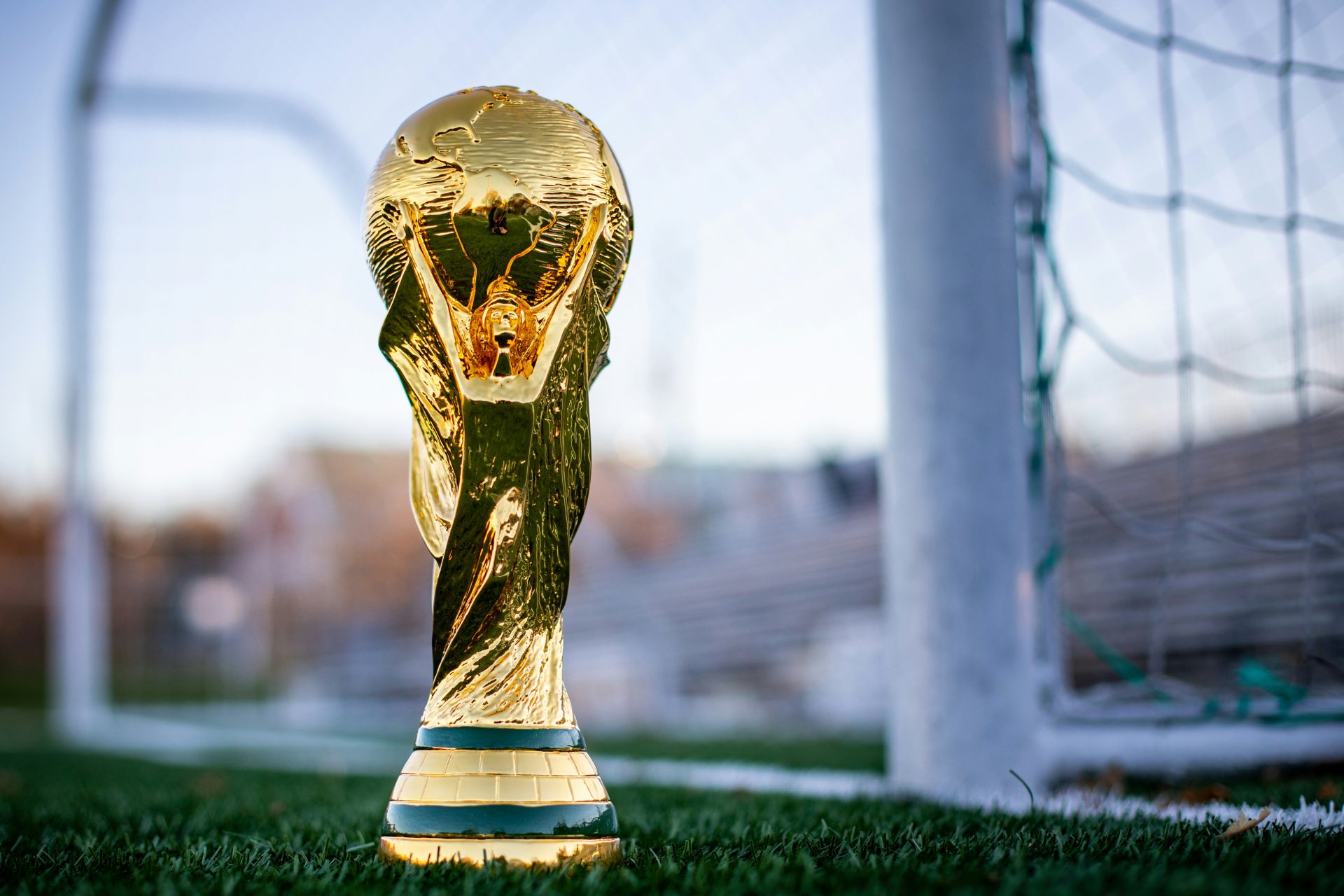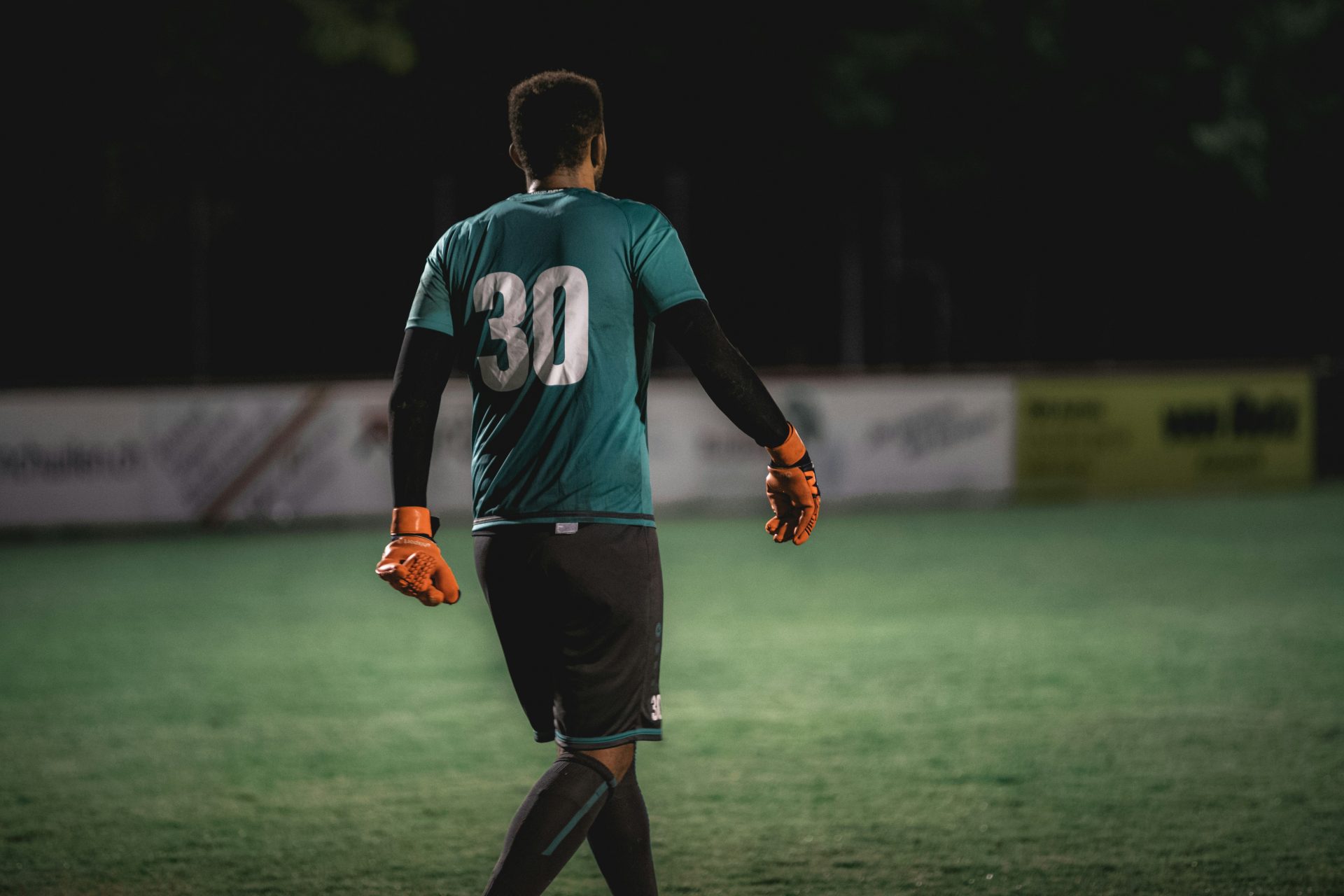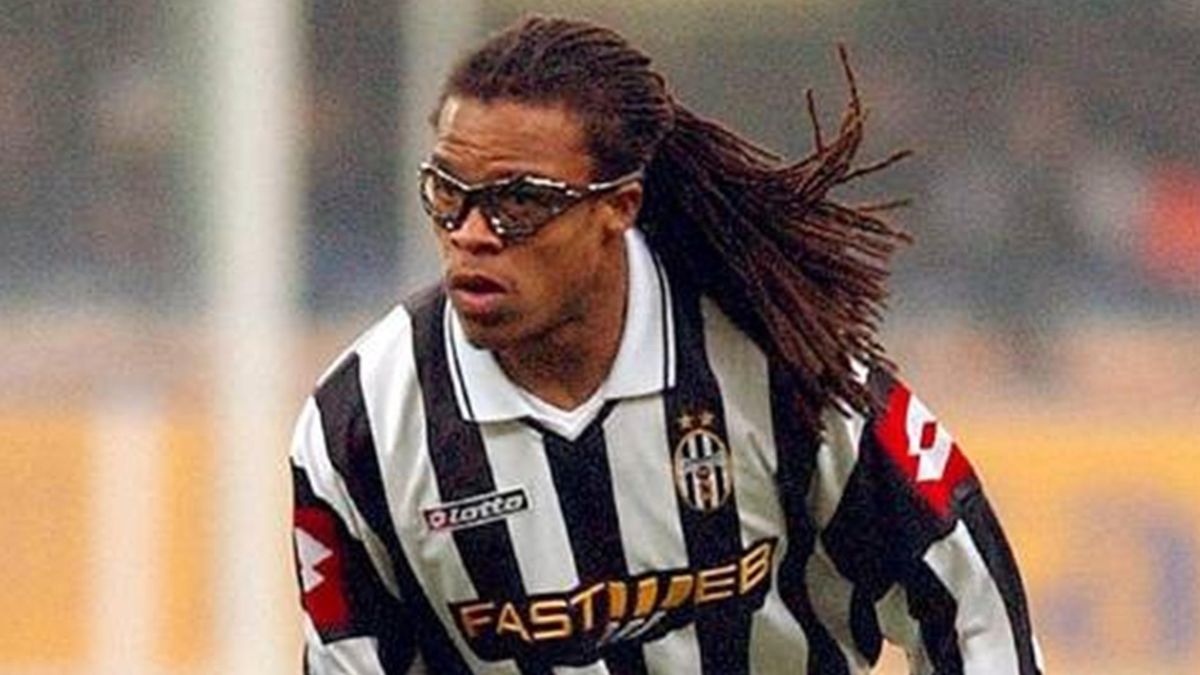Table of Contents
There’s no getting away from it, the 2022 FIFA World Cup is the most controversial international football tournament ever. That’s an impressive feat, given that a ball hasn’t been kicked in any of the Qatar-based competition’s games thus far.
There is an absolute shopping list of reasons why the 2022 World Cup has been a controversial topic over the past seven years. One that is becoming increasingly apparent though, is the growing injury list ahead of the start of the Group Stages. So, why is this and can anything be done to help the situation?
A change in tactics
Tactical changes in football are part and parcel of the game, but some things don’t alter. Each team starts with 11 players on the pitch, one of them is a goalkeeper and the World Cup takes place once every four years in the Summer.
Except the last of those is no longer true, because this year’s World Cup will take place in November and December, rather than the usual June and July.

Now, there are some legitimate reasons for this. The elephant in the room is sweating, because Qatar in the Summer is hot, far too hot to play elite-level football. Doha, the largest and capital city of Qatar, and where most of the World Cup matches will be held, regularly tops 40 Celsius in the Summer.
In November and December, average temperatures are a more manageable 25-30 Celsius. That’s still hot, you’ll see regular water breaks for players in each half, but it’s not dangerous. Plus, and to the organisers’ credit, the new stadia are fitted with state-of-the-art air conditioning that will keep the grounds cool for players and fans.
A fixture pile-up like no other
Unfortunately, though, moving the World Cup to the Winter doesn’t solve every problem, far from it. In fact, it creates a new one in the form of a fixture pile-up across the world like we’ve never seen before.
With the exception of a few countries, most Europe domestic leagues take place between late Summer and mid-Spring. However, that has gone out of the window for the 2022-23 season, as the World Cup takes place mid-way through the campaign.
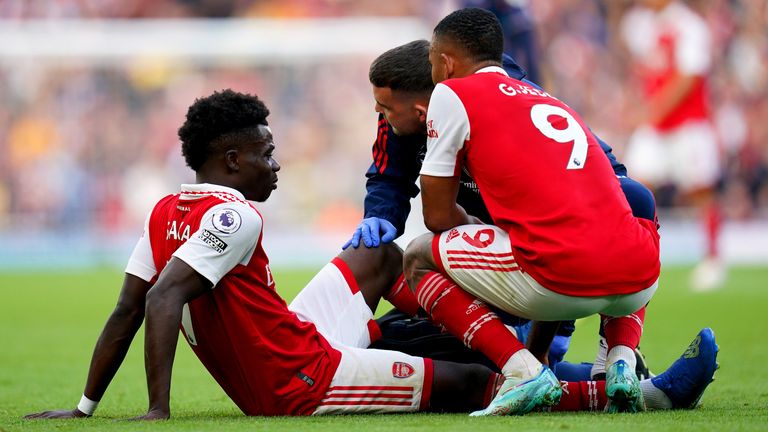
To fit the World Cup in, European leagues are suspending themselves in mid-November, before restarting just after Christmas. This is unprecedented and for those players that will play in the World Cup knockouts, it’ll mean they won’t get a break from playing between August 2022 and May 2023, 9 months.
The 2023-24 season kicks off little more than two months after 2022-23 ends as well, so that’ll be effectively 10 months playing with two months of rest for the top-level players.
It’s not just the league games though, as Cup and European matches all have a month less to be settled before restarting in 2023. So, it’s been very common for clubs in European competition to be playing twice per week, every week. In normal times, this is unheard of.
This isn’t as big of a problem for leagues that take place on a calendar rotation though, as they’d normally break up for the winter. So, look out for the likes of Argentina and Brazil having an advantage over their European counterparts.
Who’s injured and why are there so many?
As mentioned before, there are a lot of players that will the World Cup through injury. One of the most high-profile of these is Juventus’ Paul Pogba, who won’t get the chance to defend France’s title from four years prior. France’s other midfield maestro N’Golo Kante has also received a long-term injury.
Argentina’s Angel di Maria is also set to miss out, adding further misery to Juve’s awful season so far.

England’s Reece James is also a doubt to make Gareth Southgate’s selection, curtailing an excellent run of form for the Chelsea man. Diogo Jota, Alexander Isak, Pedro Neto, Boubacar Kamara, Arthur Melo, the list goes on and on.
That’s before we include the likes of Romelu Lukaku, Paulo Dybala and Kyle Walker, all of which are major doubts with time running out.
It’s not hard to figure out why we’re seeing more injuries. More matches means more miles on players’ legs and less time to recover. Anybody who trains or goes to the gym will know this, it’s impossible to perform at peak capacity 100% of the time, your body needs to rest.
These last few weeks before the World Cup will be crucial, as we’re more likely to see injuries than before. The players are at breaking point and it’s only going to get worse…
Setting a dangerous precedent
If the 2022 FIFA World Cup goes without major incident, it’ll show that a tournament like this can be organised in the winter again in the future. It’s not as far-fetched as you may think, especially since ideas such as a World Cup every two years and a European Superleague have been floated before.
Footballers make an obscene amount of money, but they are human. Fans sometimes forget this fact, but their bodies have limits, even with all the best nutrition and sports scientists money can buy.
We’ve seen sports like boxing, golf, Formula 1 and more all head to Saudi Arabia for more money and you can be football and the Olympics will be next. Those in charge will only financially benefit from these kinds of changes.

More games mean more content and more content means more revenue. More screen-time for advertisers, more tickets to be sold in stadia, more match-day hospitality experiences for the upper classes, etc…
This is all before we consider the thousands of migrant construction workers that have been worked to death building the stadia for the Qatar World Cup as well. Not to mention the status of LGBT and non-Muslims within Qatar, but that’s an article for another day.
This, as the saying goes, is the tip of the iceberg when it comes to the World Cup being used as a vanity project to sportswash some of the most backwards and oppressive regimes on the planet.

